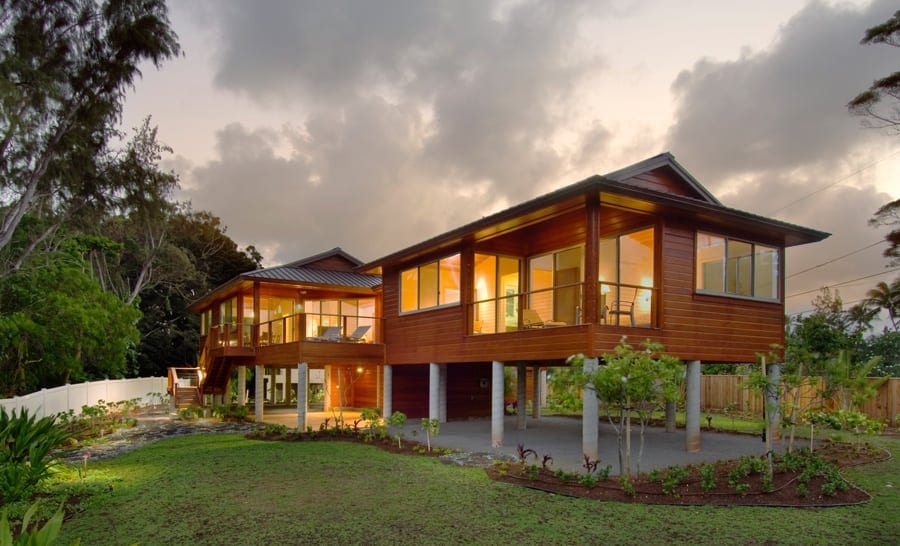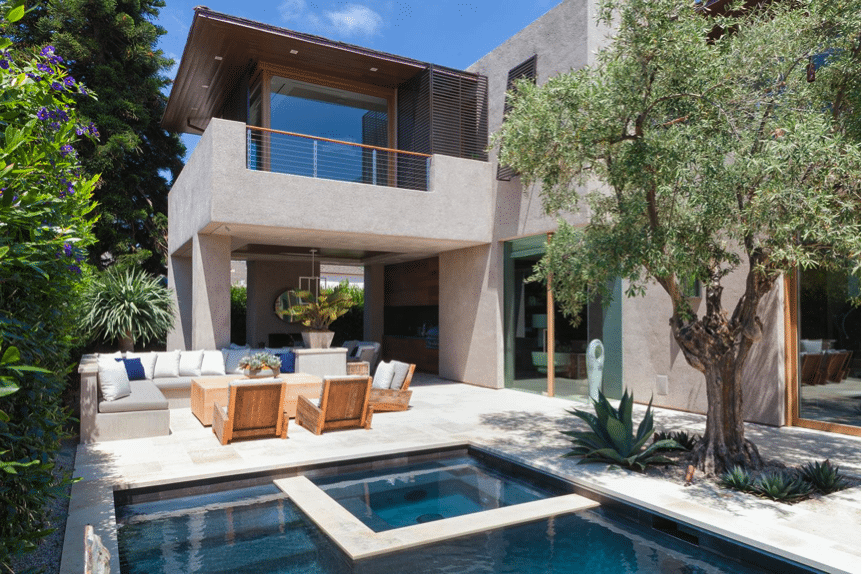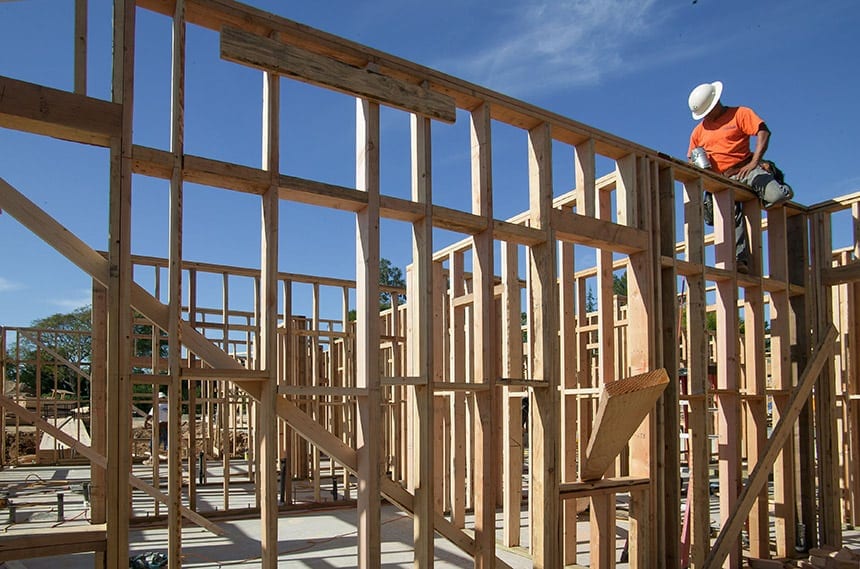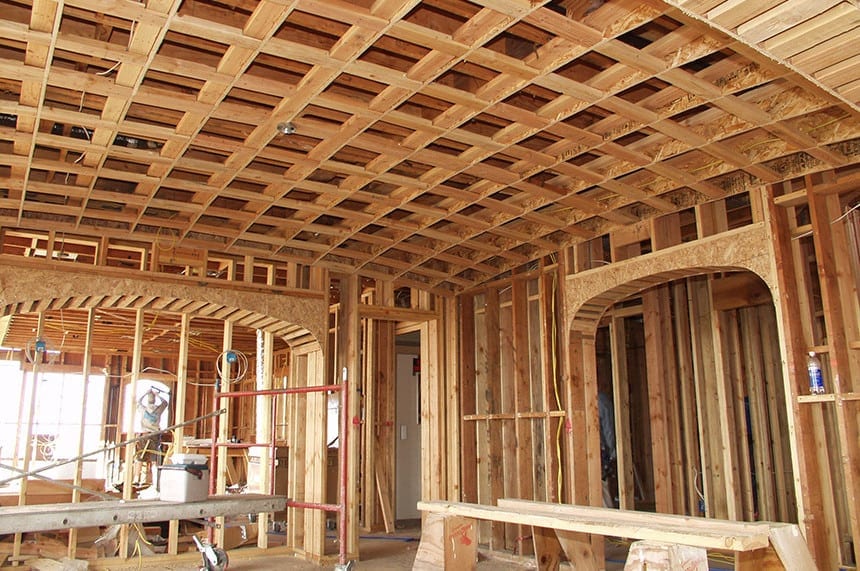
The Environmental Benefits of a Sustainable Home
Any form of building or construction can impose some impact on the local environment. While it’s impossible to completely eliminate all such effects, sustainable building is a philosophy and integrated approach that seeks to minimize the impact of construction and maintenance of residential and commercial structures. All buildings inevitably consume some resources as well as produce some waste and emissions. The goal is to balance the draw on resources such as energy, water, and raw materials as much as possible. This begins by planning from the drawing board up to reduce the environmental effect of a home or commercial building during its entire lifespan, as well as create a structure that is most livable for its occupants in the here and now. Sustainable building also encompasses strategies to retrofit existing buildings to bring them up to current, higher standards of sustainability.
Some of the benefits that result from “thinking sustainable” are immediate, while others accrue over time as the residence or commercial building advances through its life-cycle.
Here are a few of the positives that ensue by taking a sustainable approach:
Optimized efficiency and lower living costs. A sustainable approach incorporates strategies, building methods, and materials that reduce consumption of non-renewable energy, water, and other increasingly scarce natural resources. By cutting dependence on fossil fuels and downsizing the carbon footprint, a sustainable building delivers lower operating costs from day one and throughout the entire lifespan of the structure.
Enhanced comfort. Sustainable construction methods and materials work together to minimize heat gain and loss, making indoor temperatures more consistent during different seasons and optimizing the comfort level in every room. This is accomplished by maximizing use of state-of-the-art insulation, higher construction standards for tighter air sealing, as well as the installation of high-efficiency cooling and heating systems.
Healthier indoor air quality. The Environmental Protection Agency reports that today’s indoor environment is often substantially more polluted than the outdoors. Sustainable construction means utilizing building materials that don’t emit chemical vapors such as volatile organic compounds that accumulate in enclosed indoor living spaces. Moisture is another aspect of indoor air quality because indoor humidity in tightly-sealed structures often provides a favorable environment for toxic mold growth. Properly balanced ventilation in moisture-prone areas and installation of whole-house dehumidifiers for comprehensive humidity control keep the indoor environment healthy.
Recyclable materials. At some point, every structure will be demolished or substantially renovated. A sustainable building plan incorporates as many materials as possible that will be reusable or recyclable for other purposes when that time comes—versus taking up space in a landfill and/or contributing to local waste disposal issues.
Interested in learning more about designing a sustainable home in California or Hawaii? The many options can be overwhelming! Our talented team might be able to offer some advice in this arena. Contact Smith Brothers to see how we can help you!
—
If you enjoyed this blog you may want to read our blog about, “Smart Home Devices to Make Your Life Easier.”


